Description
Barite or Baryte (/ˈbæraɪt/) is a mineral consisting of barium sulfate (BaSO4). Baryte is generally white or colorless, and is the main source of the element barium. The baryte group consists of baryte, celestine (strontium sulfate), anglesite (lead sulfate), and anhydrite (calcium sulfate). Baryte and celestine form a solid solution (Ba,Sr)SO4.
The global production of baryte in 2022 was estimated to be around 7.9 million metric tons.
70% of barytes was destined for oil and gas well drilling muds. 15% for barium chemicals, 14% for filler applications in automotive, construction, and paint industries, and 1% other applications.
Uses
In oil and gas drilling
Worldwide, 69–77% of baryte is used as a weighting agent for drilling fluids in oil and gas exploration to suppress high formation pressures and prevent blowouts. As a well is drilled, the bit passes through various formations, each with different characteristics. The deeper the hole, the more baryte is needed as a percentage of the total mud mix.
An additional benefit of baryte is that it is non-magnetic and thus does not interfere with magnetic measurements taken in the borehole, either during logging-while-drilling or in separate drill hole logging. Baryte used for drilling petroleum wells can be black, blue, brown or gray depending on the ore body. The baryte is finely ground so that at least 97% of the material, by weight, can pass through a 200-mesh (75 μm) screen, and no more than 30%, by weight, can be less than 6 μm diameter.
The ground baryte also must be dense enough so that its specific gravity is 4.2 or greater, soft enough to not damage the bearings of a tricone drill bit, chemically inert, and containing no more than 250 milligrams per kilogram of soluble alkaline salts.
In August 2010, the American Petroleum Institute published specifications to modify the 4.2 drilling grade standards for baryte to include 4.1 SG materials.
Drilling Grade Barite
1) VRTM (LUMP) SG: 4.1-4.3 g/cm3
Chemical Analysis
Physical Properties
2) VRKH (Lump) SG:4.25 g/cm3
Chemical Analysis
3) VRSM (Lump) Size:0-5 mm , 20-80mm
4) VRTE (Lump)
5) VRYD (Lump) SG:4.2 g/cm3
These findings are reported herein for convenience only and SGS has no liability for the subcontracted results which remain with the lab.
Transportation
We, Vorna Trading Company would like to emphasize that we are also strong in terms of
Transportation which enables us to deliver our goods to all around the world.





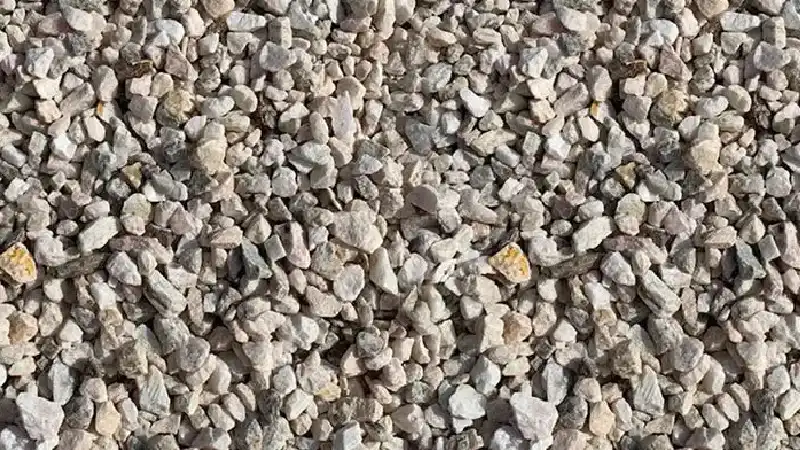
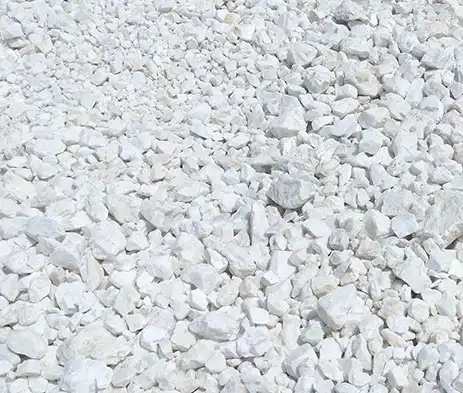
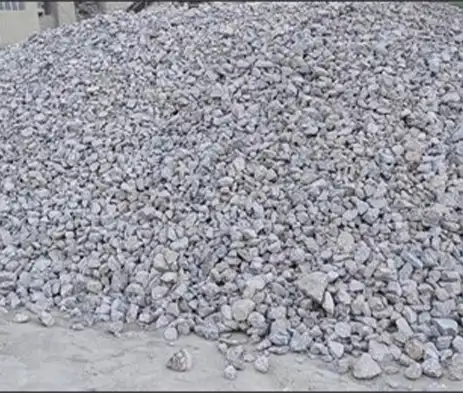
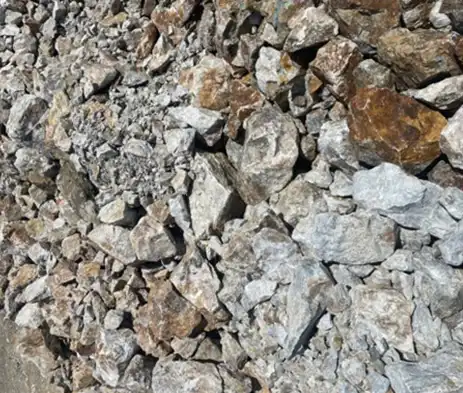
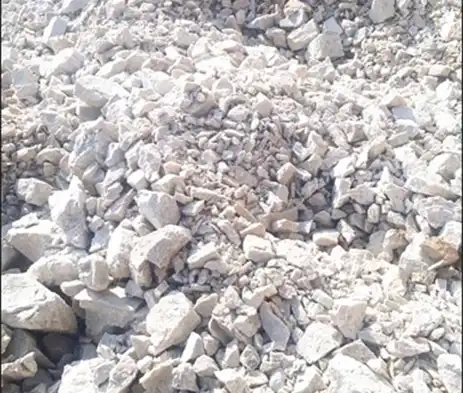






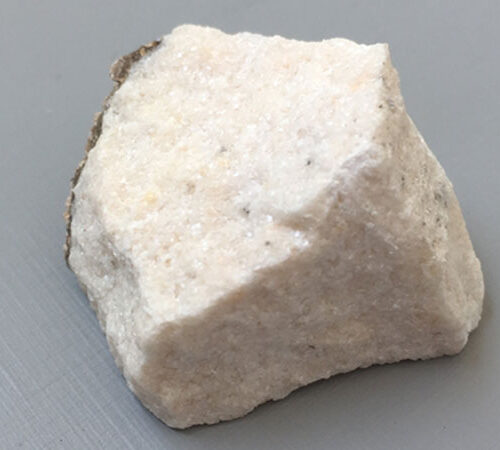
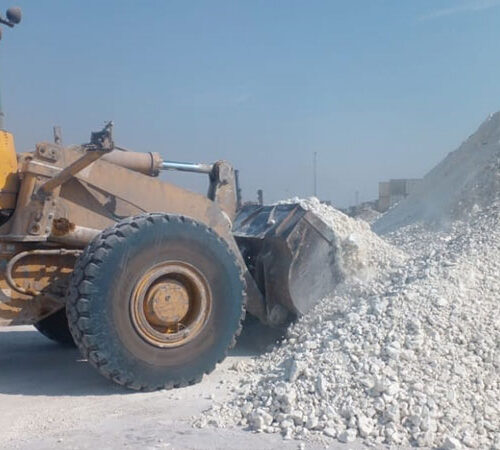
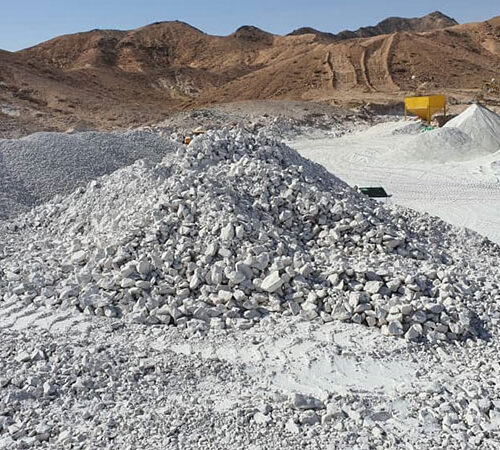
Reviews
There are no reviews yet.